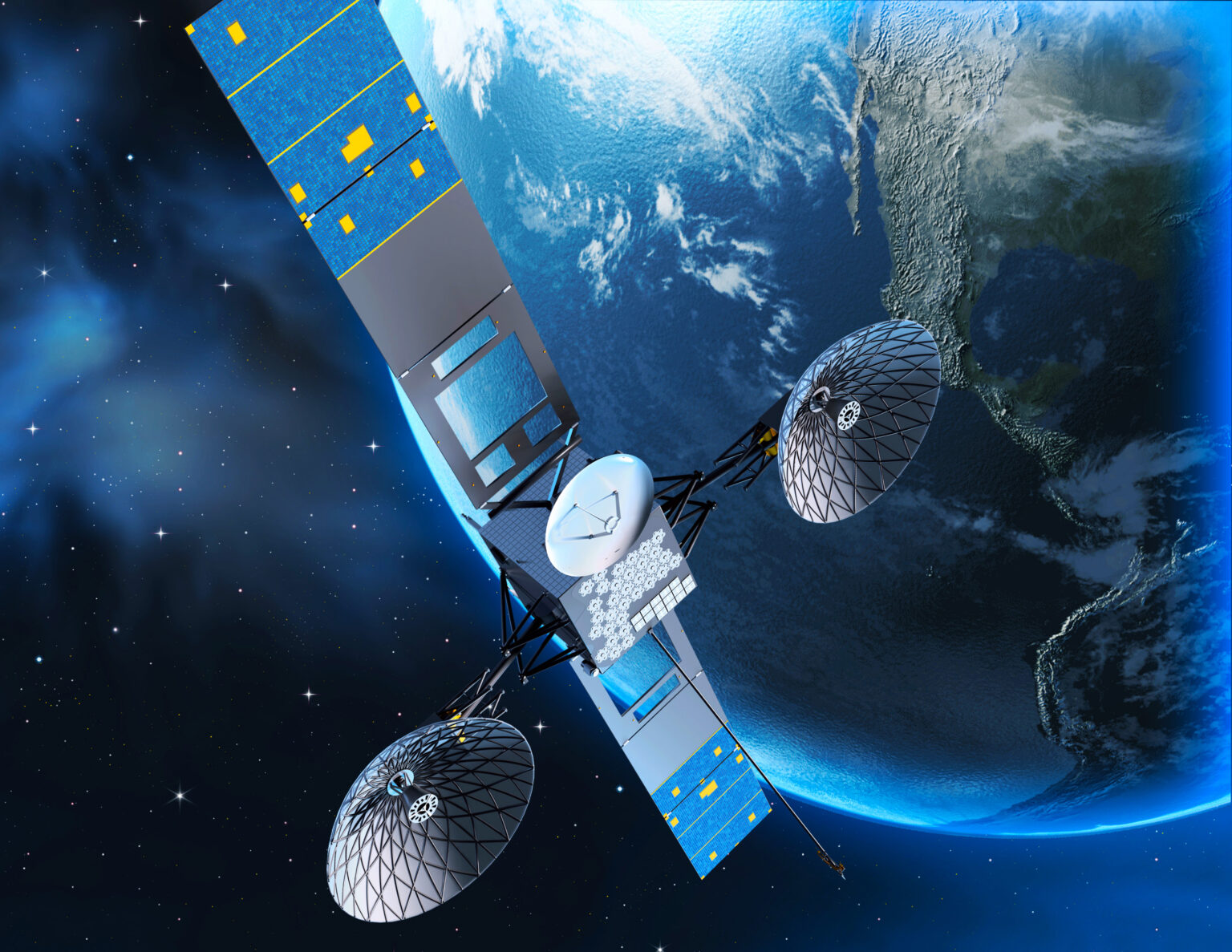NASA mentioned six American companies selected to develop and demonstrate near Earth space communication systems that will be able to support the organization’s future missions.
TDRSS System
In the late 1970s, NASA began to create a new communication system that would provide a higher data transfer rate between ground stations and space missions. It received the designation TDRSS (Tracking and data relay satellite system), it was based on a fleet of satellites in geostationary orbits and a network of ground relay stations.

For several decades, TDRSS has faithfully served NASA. But as the system became obsolete and the need for data transfer increased, the organization began to think about replacing it. As a result, NASA management decided to rely on the private sector. This approach will allow the organization to focus more time and resources on deep space exploration and scientific missions.
Commercial Space Communication Systems
On April 20, NASA mentioned six companies that received preliminary contracts totaling USD 278.5 million. They will have to develop new communication systems that can be used to support future NASA missions. At the same time, the aerospace administration expects that each company will also invest its own funds in near Earth communications over a five-year period. It is expected that the total investment amount will be more than 1.5 billion.
The following companies received funding:
- SpaceX — USD 69.95 million;
- Kuiper (Amazon) — USD 67 million;
- Viasat — USD 53.3 million;
- Telesat — USD 30.65 million;
- SES — USD 28.96 million;
- Inmarsat — USD 28.6 million.
SpaceX will create an optical relay network for spacecraft in low Earth orbit. Kuiper will demonstrate a high-speed and low-speed network for satellites in low Earth orbit. Viasat will demonstrate a Ka-band geostationary network. Telesat and SES will demonstrate C-band and Ka-band geostationary networks. Inmarsat — an L-band geostationary relay network.
Companies will have to complete the development and demonstrate the capabilities of the systems by 2025. In the future, NASA plans to conclude long-term contracts for the support of its missions.
According to https://www.nasa.gov

